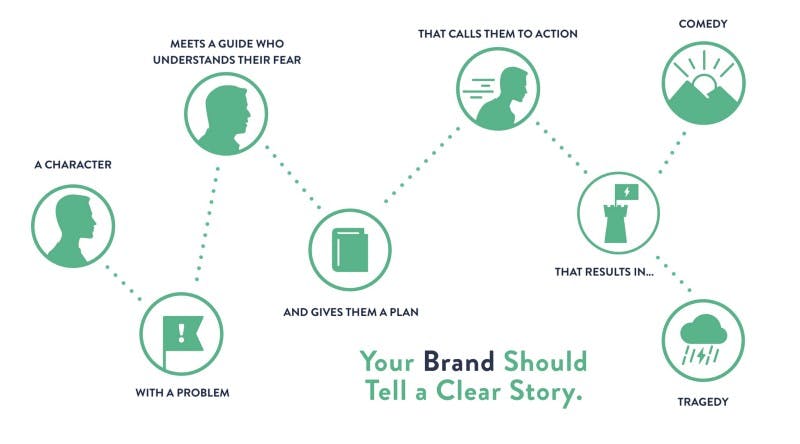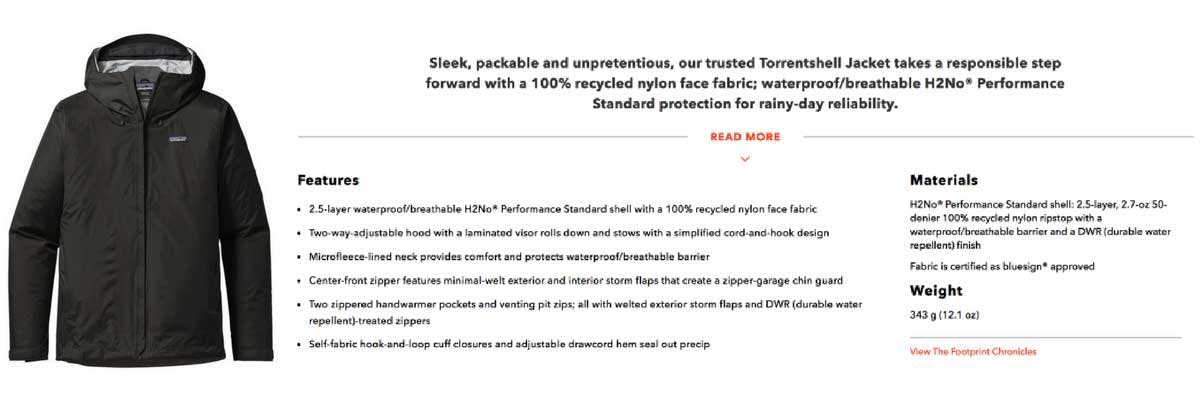Writing Effective Product Descriptions: 7 Tips

For those of you who have never thought much about what goes into writing, here’s a post that will help you understand what your product descriptions should accomplish, and 7 tips on writing product descriptions.
The Purpose of Product Descriptions
Okay, we all know what product descriptions are. They’re that little tidbit of copy on your product page that contains a brief description of a product. This is a very matter-of-fact definition of it though. In reality, your product descriptions should be doing much more for you.
Product descriptions need to build trust. Copyblogger says the #1 thing that stops customers from making a purchase is fear; fear of wasting money or making the wrong decision. Your product description is your last frontier to fight the battle against fear that’s inside your customer.
Product descriptions need to reassure. When making a purchase, most people suffer from a form of buyer’s guilt — the guilty feeling of spending money. Double the guilt if they’re purchasing for themselves. It may sound silly, but people even experience this feeling when making a small purchase like a $20 t-shirt.
Your product description is your chance to put their conscience at ease. Your copy should be reassuring, and provide the customer with information that lets them know they are making a responsible purchase. For example, if selling t-shirts, make the t-shirt sound like an essential; something that they’re going to wear again and again, and get great value out of. This helps the customer know that they’re making a responsible purchase, so there’s no reason to feel guilty.
Product descriptions need to be SEO friendly. People are going to use search engines to find your product, so your descriptions need to be written in a way that helps them find it. There’s a fine line between writing for search engines and writing for your customer, but if done right, you should be writing for both. Writing in simple terms that your audience would search on the internet will help your product get found while still sounding human.
7 Tips on How to Write Great Product Descriptions
Okay, so we have a bit of background about what a product description should do — perfect! Now lets get into the nitty gritty with some tips you can use to write compelling product descriptions. Obviously, writing is far from a science, but when you have a plan and some tips to continually use, you can make your writing process much more effective and efficient.
1) Have a plan. You wouldn’t start building a house without having a blueprint first. Writing is no different! Before you start typing (or writing on paper, if that’s more your speed), think about who you’re writing for, what information you need to get across, and what you want the reader to get out of it. Like legendary writing teacher William Zinsser once said, “A clear sentence is no accident.”
2) Make it about them, not you. This is a trap that a lot of brands fall into when crafting their marketing message, but it holds true. Your customer doesn’t want to hear about your company, they want to hear about what you’re going to do for them. So in a product description for a t-shirt, they don’t want to hear a long personal story about your inspiration for designing it, or why you chose one color over another. They want to know information that is relevant to them — how the shirt fits, how it feels, when it’s great to wear. Try to use “I” as little as possible. It’s tempting to talk about yourself, but if you can hold back and talk more about your customer, it will pay off.

The image above is the framework for Donald Miller’s acclaimed marketing plan, StoryBrand. It starts with identifying who your customer (character) is, what their problem is, how you solve it, and the action you’re calling them to. It’s a really helpful too for simplifying your writing, and focusing it on your customer. Even for a bit of copy as small as a product description, it’s worth running it through this test.
3) Put the most important information at the top. When you’re writing, you’re competing for your reader’s, or in this case your customer’s, attention. If you don’t give them the information they’re looking for as soon as possible, they’re going to move on. Your product description should be arranged in a way that makes it easy to scan quickly for important information — something designers call visual hierarchy. Make sure your most important information is up on top and clearly visible, followed by other product highlights below, maybe in bullet points.
4) Focus on benefit over features. This is marketing 101. Your customers don’t want to know hyper-specific details about your product right off the bat. They want to know how it helps them, how it meets the need they’re looking to fill. When your customer is making a decision, they are going to make one based on emotion over rationale. So rather than giving them details that don’t mean much, help them visualize what your product is going to do for them.

Patagonia does an amazing job of this with their product descriptions. Look at the first three words in the photo above. “Sleek, packable and unpretentious” are all words that help you imagine and understand exactly what this jacket is going to do for you. The features section is great for adding some of the more technical information, but that is all better suited for when your customer is comparing your product with another. Up at the top, you want to help your customer visualize who they’ll be once they have your product.
5) Keep it brief. Like we mentioned earlier, you’re constantly competing for your customer’s attention. So don’t go overboard with descriptive adjectives like amazing or incredibly. Rather, take some time to choose the right words so you can make a bigger impact without making your customers have to read more.
6) “Write the way you talk. Naturally.” — David Ogilvy. That is a tip from one of the advertising godfathers in a now-famous memo to his staff on the importance of writing well. This tip requires a lot of practice, but it’s worth the work. You want to make sure that your customers have a warm, friendly feeling while reading your product description. Conversational writing can make that interaction feel a lot more personal, and make it sounds like you’re giving them a credible suggestion.

Huckberry puts on a masterclass in conversational writing in each one of their product descriptions. Lets break down the description above. Notice how friendly the writing is. Using phrases like ’em instead of them, or dang good instead of very good makes your writing sound less like you’re selling, and more like you’re recommending to a friend.
7) Use the Rule of Three. For some reason, humans are fascinated with the number three. It’s hard to know why, but we’re attracted to things in threes. Incorporating this rule into your writing will create an easy, natural appeal to your customers. Whether it be bullet points or descriptive words, writing in patterns of three will make your product descriptions that much more appealing without any extra effort.
(For a really in-depth look at how ingrained the Rule of Three is in our minds, check out this post from Copyblogger.)
Product descriptions play an essential role in your e-commerce success, and that can be intimidating if you have no formal training in writing. If worried about where to start, take this advice from the book Nicely Said: Writing For the Web With Style and Purpose: “Good writing is clear, useful, and friendly.”
Keep those rules in mind, along with some of the tips offered above, and you’ll do just fine.
Have a new t-shirt design you’re looking to launch? We’d love to help! Head here to get started.
MoreeCommerce Articles
All posts
Essential eCommerce Tools for Running an Online Business
From email to social media to productivity, check out our list of marketing tools for your business.

Sell T-Shirts Online & Make Money Doing It
Learn how to successfully and efficiently sell t-sell shirts online and make money.

15 eCommerce Marketing Tips for Black Friday and Beyond
This is your one-stop marketing checklist for everything you need to prep before Black Friday.